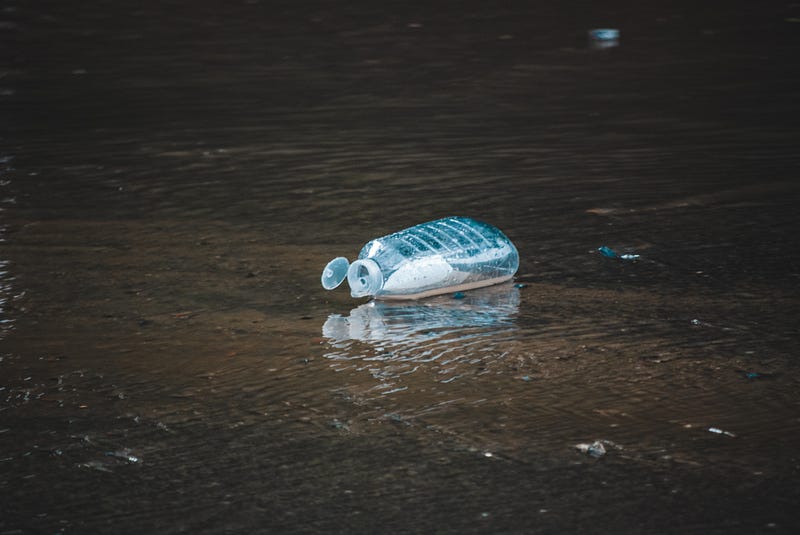The Illusion of "Eco-Friendly" Plastics: A Misguided Solution
Written on
Understanding the Plastic Crisis
The world is currently overwhelmed by plastic waste. As of 2015, approximately 6.3 billion tonnes of plastic have been produced since 1950, yet only 9% of that has been recycled. Another 12% has been incinerated, leaving a staggering 79%—around 4.9 billion tonnes—buried in landfills or littering natural environments, including oceans. If current trends persist, we could see plastic waste in landfills soar to nearly 12 billion tonnes by 2050.
Despite the looming plastic catastrophe and the significant environmental harm caused by plastics, society remains deeply reliant on them. The convenience and affordability of plastic products, combined with their durability and waterproof qualities, make it challenging to shift away from plastic without significant trade-offs.
The Rise of Biodegradable and Compostable Plastics
In response to the plastic crisis, many advocate for biodegradable and compostable plastics as a potential solution. These alternatives are designed to break down naturally, reducing landfill contributions. Biodegradable plastics contain additives that promote degradation under specific conditions, ideally within six months. Compostable plastics, made from plant materials like starch, are expected to convert into non-toxic biomass when placed in optimal environments.

However, the assumption that these materials will effectively mitigate plastic waste is flawed.
Challenges with Biodegradable and Compostable Plastics
Despite their labels, many biodegradable plastics do not break down in typical composting conditions. They often require industrial composting facilities or specific conditions—such as prolonged exposure to high temperatures—to decompose. If discarded in landfills, these conditions are rarely met, leading to a scenario where biodegradable plastics persist in the environment for years, much like traditional plastics.
Research indicates that biodegradable plastics buried in soil can still support a full load of shopping bags after three years, demonstrating their resilience. Furthermore, the United Nations has reported that these materials do not decompose in ocean environments, posing risks to marine life.
The Recycling Dilemma
Unlike conventional plastics that can be recycled, biodegradable and compostable plastics cannot be processed due to their additives or plant-based content. This incapacity for recycling, combined with their special disposal requirements, means that many of these supposedly eco-friendly plastics end up in landfills alongside regular plastic waste.
For a successful transition to biodegradable and compostable options, countries must invest in the necessary infrastructure and public education regarding proper disposal methods. Without these efforts, the shift is unlikely to alleviate plastic pollution. Additionally, the decomposition of these plastics in landfills can produce methane, a potent greenhouse gas that exacerbates climate change.
The Path Forward
While biodegradable and compostable plastics can help reduce plastic waste when used and disposed of correctly, they are not a panacea. To effectively tackle plastic pollution, we must promote awareness about their limitations and advocate for policy changes that ensure proper treatment, rather than simply relying on them as substitutes for traditional plastics.
Through accurate labeling, regulations, and education, these materials can contribute to waste reduction. However, they should be viewed as temporary solutions on the path to a plastic-free future. Ultimately, the most effective way to combat plastic pollution is to minimize our reliance on all types of plastics, particularly single-use items.
The video titled "Capri Sun Ditches Plastic Straws: Embracing Eco-Friendly Paper Alternatives!" explores the shift towards sustainable materials in packaging. It highlights how companies are transitioning from traditional plastics to more environmentally responsible options, emphasizing the importance of innovation in tackling plastic pollution.
Additional Reading
The Fight for the Environment Needs Better Slogans
Why better rallying cries are needed by environmentalists worldwide.
3 Reasons We Should Be Turning Towards Bamboo for a Healthier Environment
How bamboo plantations might be beneficial in our fight against climate change.